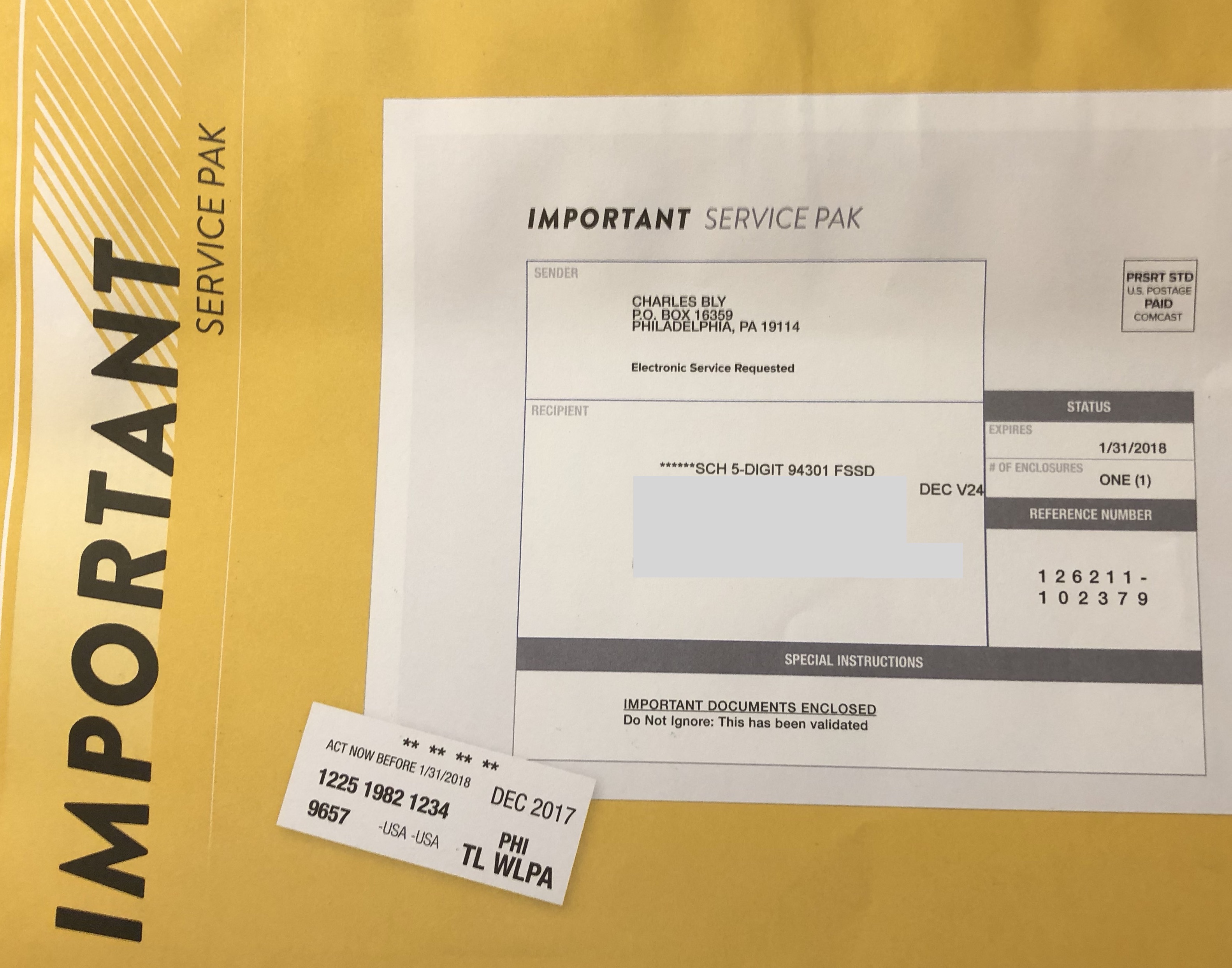Spamtraps on the brain
I really dislike whomever it was that coined the term pristine spamtraps. I get what they were trying to do, explain the different kinds of spamtraps and how different traps get on your list in different ways. Except… any type of trap can end up on your list in any way.
For instance, not every recycled trap shows up on a list because bounce handling is bad. Sometimes, people input their old addresses they never use anymore into forms, not knowing that address is now a recycled spamtrap. In other cases, an address was entered into enough forms by random people that the original owner had to abandon it and then handed over the resulting mail feed to spamtrap maintainers.
Likewise, not every pristine trap is pristine. Unless a domain has been continuously owned by the spamtrap maintainer for the past two decades, they don’t know what the history of the address was. Maybe it was a domain that was never registered and it actually is a pristine domain. Alternatively, it could have belonged to a startup and been used for a couple years before falling back into the available domain pool.
In the early days of deliverability we often blamed spamtraps for blocking. It made sense. Senders couldn’t argue they had permission to mail spamtraps. They didn’t, they couldn’t, there was no one using that address in order to give meaningful permission.
What I’m seeing now among some senders, though, is an almost laser like focus on spamtraps as the one metric to rule them all. Senders, and ESPs, are heavily weighting the data they get back from the commercial sensor networks. And, let’s be honest here, while the public writings of the companies describe them as sensor networks and are careful to avoid the spamtrap terminology, almost everyone else calls them spamtraps.
Spamtraps are not the problem. They’re a signal. Spamtraps tell us that there is something wrong with how addresses are being collected or maintained. They indicate what problems we need to fix in order to get good delivery. No one really cares if spammers send mail to abandoned or unread email addresses. What really matters is that a subscription process lets any email address be added without doing anything to verify that address belongs to the person sending it.
Right now, of the data hygiene tools do anything to link the address input into a form with the person providing the address. They’ll remove potential spamtraps and bad addresses, but that’s it. We can remove bouncing addresses and make lists look clean. Still, it’s not enough in the age of engagement based filters. In order to get to the inbox you need to send mail people want.
